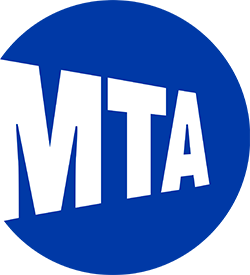Construction workers in New York will likely face excavation hazards on almost every project. Trenches are some of the most dangerous places in which to work. Many construction company owners disregard the safety regulations of the Occupational Safety and Health Administration and the New York City Department of Buildings, putting the lives of their employees on the line.
If you are uncertain of what qualifies as an excavation, it is a depression, cavity, cut or trench in the surface of the earth that is man-made. The definition of a trench is an excavation in the ground of which the measurement of its depth is greater than its width. Trenches are typically narrower than 15 feet.
Prevention is better than cure
The biggest risk you will face in a trench is a cave-in. Collapsing trench walls can bury you under thousands of pounds of soil in the blink of an eye, and many victims do not survive. Other hazards in trenches include dangerous, unmonitored atmospheric conditions, falls and falling loads. You have the right to refuse to enter a trench that lacks any of the following safety precautions:
- Certain trenches require protection — Only trenches that exist entirely of solid rock and no loose soil are safe without protection.
- Inspections — OSHA requires an appointed, competent person to inspect a trench before any workers enter the excavation at the beginning of a shift. This person is also responsible for frequent evaluations during these shifts to ensure the safety of the employees.
- Access and egress — You can refuse to work in a trench that has no safe means of entering and exiting. There must be ladders, ramps, steps or other means to safely enter the trench — and more importantly — to exit quickly in the event of a collapse. This applies to any trench with a depth of four feet or more, and the devices must be no further than 25 feet from any employee in the trench.
Methods to prevent cave-ins
Different protective systems exist to prevent trench cave-ins, and employers can determine the most appropriate method to use. However, registered professional engineers must obtain tabulated data and design protection for any trench of which the depth is 20 feet or more. Methods to prevent trench cave-ins include the following:
- Sloping— This method involves the sloping of the trench walls at angles away from the excavation.
- Shoring—Shoring is used to avoid the movement of soil, which can cause wall collapses. Supports such as hydraulic aluminum devices can serve as protection.
- Trench boxes — These are enclosed boxes inserted in an excavation to prevent danger from both sidewalls and overhead hazards.
- Engineered protection— This is a complicated process that includes consideration of water content and classification of the soil, the depth of the excavation, and the potential impact of climatic and weather conditions. The loads of excavated soil and other materials that will be present in the vicinity can also compromise the stability of the trench walls.
Knowing the level of protection to which you are entitled may help you to stay away from unsafe trenches. You may also find comfort in knowing that if you should suffer a construction accident, you will have the right to pursue recovery of medical expenses and lost wages through the New York workers’ compensation system. You are also free to seek experienced legal counsel to navigate the administrative and legal proceedings on your behalf.



